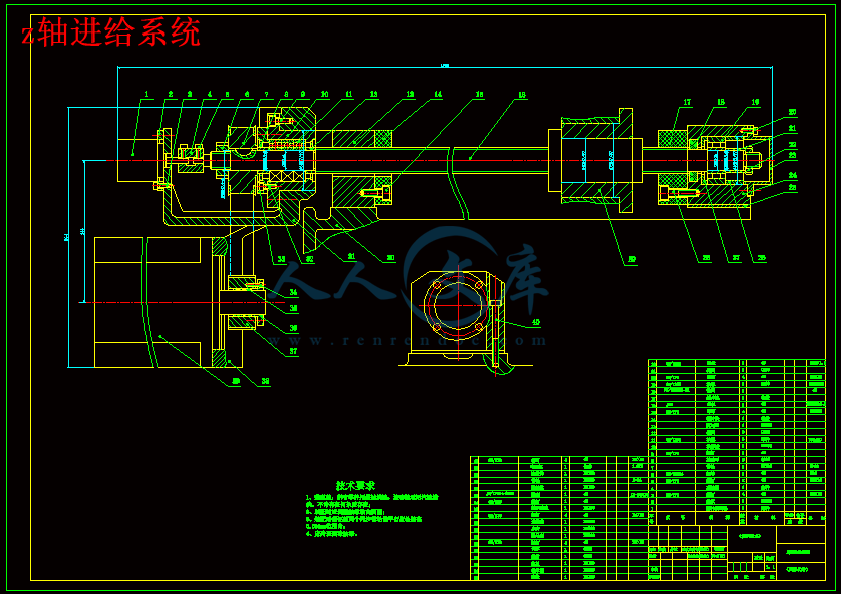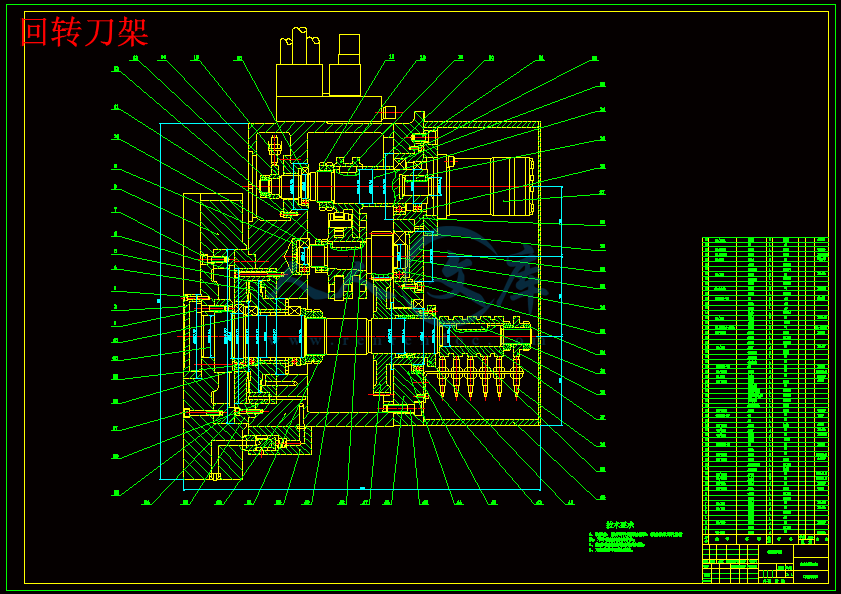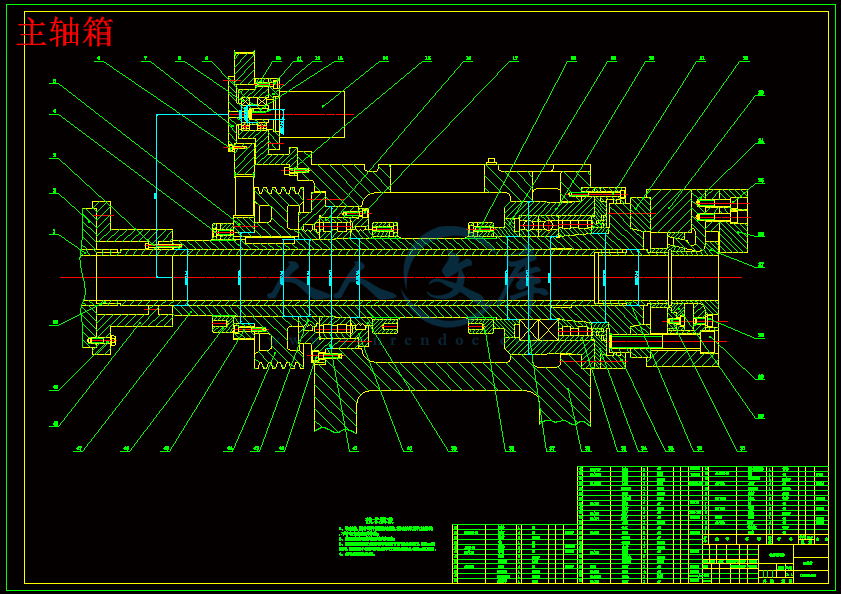【温馨提示】 购买原稿文件请充值后自助下载。
以下预览截图到的都有源文件,图纸是CAD,文档是WORD,下载后即可获得。
预览截图请勿抄袭,原稿文件完整清晰,无水印,可编辑。
有疑问可以咨询QQ:414951605或1304139763
摘要
数控车床是集机械、电气、液压、气动、微电子和信息等多项技术为一体的机电一体化产品。是机械制造设备中具有高精度、高效率、高自动化和高柔性化等优点的工作母机。数控机床的技术水平高低及其在金属切削加工机床产量和总拥有量的百分比是衡量一个国家国民经济发展和工业制造整体水平的重要标志之一。数控车床是数控机床的主要品种之一,它在数控机床中占有非常重要的位置,几十年来一直受到世界各国的普遍重视并得到了迅速的发展。
因此了解数控车床的结构与工作原理是操作、维修、改进数控车床的前提,也是设计一款数控车床的基本。基于此本文介绍了数控车床的主轴系统、伺服进给系统、刀架系统等的特点、设计要求及结构特点,对于系统部件也作了介绍。
关键词: 数控车床 主轴系统 伺服进给系统 刀架系统
Abstract
Numerical-controlled Lathe is a electromechanical integration product,which is multinomial technology for one-piece. Numerical- -controlled Lathe is multituded by mechanism、 electric 、hydraulic、 pressure,pneumatic、 electrino、information and so on. It is main working machine and possesses high precision、 high efficiency、high automation and high flexibility in the mechanical manufacturing equipment.The technology capability of Numerical-controlled Lathe and percentage of machine output and in possession of amount is one of the important signal weighting the whole level of one state national economy extend and commercial manufacture Numerical-controlled Lathe is one of main variety of Numerical-controlled Machine,it take a important place in the Numerical-controlled Machine,and for decade years,it is given the prevalence regard from all the world and get the prompt develop.
Therefore study the structure and working principle is the premise of operate、maintain、improve Numerical-controlled Lathe, also it is the basic of designing Numerical-controlled Lathe.Introduced the characteristics, the design request and the structure characteristicses
of Principal axis system 、Servo system and Tools system of Numerical-controlled Lathe according to this text, also made a introduction for the system parts.
Keywords: NCLathe Principal axis system
Servo system Tools system
目录
第一章 概述…………………………………………………… 1
一 数控机床的产生与发展……………………………………1
二 数控机床的组成与适用范围………………………………1
三 数控机床的特点与分类……………………………………3
四 数控技术的发展趋势………………………………………4
第二章 设计基本思想和主要参数…………………………5
一 课题要求……………………………………………………5
二 设计思想……………………………………………………5
第三章 主轴系统设计与结构……………………………… 7
一 主传动系统概述…………………………………………… 7
二 主轴驱动装置、工作特性及速度控制…………………… 8
三 主轴部件…………………………………………………… 9
四 主传动系统设计与结构说明………………………………13
第四章 进给系统设计与结构………………………………15
一 进给传动系统概述…………………………………………15
二 交流伺服驱动装置及调速…………………………………17
三 位置检测装置………………………………………………18
四 进给传动机构………………………………………………20
五 进给传动系统结构说明……………………………………22
总结…………………………………………………………………26
参考文献………………………………………………………… 27
第一章 概述
一 数控机床的产生及发展
科学技术的不断发展,对机械产品的质量和生产率提出了越来越高的要求。机械加工工艺过程的自动化是实现上述要求的最主要的措施之一。它不仅提高产品的质量、提高生产效率、降低生产成本、还能够大大改善工人的劳动条件。
大批量的自动化生产广泛采用自动机床、组合机床和专用机床以及专用自动生产线,实行多刀、多工位多面同时加工,以达到高效率和高自动化。但这些都属于刚性自动化,在面对小批量生产时并不是适用,因为小批量生产需要经常变化产品的种类,这就要求生产线具有柔性。而从某种程度上说,数控机床的出现正是很地满足了这一要求。
1952年,美国麻省理工学院成功地研制出一套三坐标联动,利用脉冲乘法器原理的试验性数控系统,并把它装在一台立式铣床上。当时用的电子元件是电子管,这就是第一代世界上的第一台数控机床。
我国是从1958年开始研究数控技术,一直到60年代中期处于研制、开发时期。当时,一些高等院校、科研单位研制出试验样机,开发也是从电子管开始的。1965年国内开始研制晶体管数控系统。从70年代开始,数控技术在车、铣、钻、镗、磨、齿轮加工、点加工等领域全面展开,数控加工中心在上海、北京研制成功。在这一时期,数控线切割机床由于结构简单,使用方便、价格低廉,在模具加工中得到了推广。80年代,我国从日本发那科公司引进了5、7、3等系列的数控系统和交流伺服电机、交流主轴电机技术,以及从美国、德国引进一些新技术。这使我国的数控机床在性能和质量上产生了一个质的飞跃。1985年,我国数控机床品种有了新的发展。90年代以及接下来主要是向高档数控机床发展。







 川公网安备: 51019002004831号
川公网安备: 51019002004831号